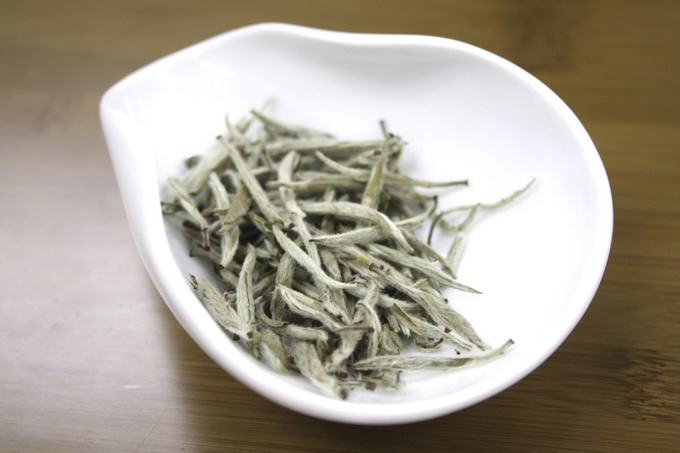-
Par FILIPEK le 8 Mai 2011 à 06:49
 En attendant ces fameux primeurs en Tasse,Suite à la dégustation de Julien
En attendant ces fameux primeurs en Tasse,Suite à la dégustation de Julien
à l'atelier
Terre de Chine et son compte rendu...
Merci Julien
Le Plaisir des Yeux...
"TH218-1 du Zhejiang, district du Xiaoshan, cultivé
à 600 mètres.
Terroir couleur très sable, orange.
Il existe environ une
cinquantaine de cultivars.
Celui de madame Wang est le Long Jing n°43.
Trois séchages, sur trois jours :
le premier à 238°C pendant 5 minutes,
le deuxième à 110°C pendant 5 minutes,
et le troisième à 50°C pendant 10
minutes.
Cela a permis d'amener la feuille à 6-8% d'eau résiduelle.
Note : une feuille à 0% d'eau résiduelle est sèche et se casse.
Une feuille avec trop d'eau est de moins bonne qualité
sur la durée
(le parfum part rapidement,
le thé s'évente
et n'est intéressant que
quelques mois).
Madame Wang insiste sur un triple séchage.
Les paramètres sont adaptés
en fonction des conditions météorologiques.
Tri final des feuilles."
Le n°43 long Jing Cultivar"Original"

Not "Original"

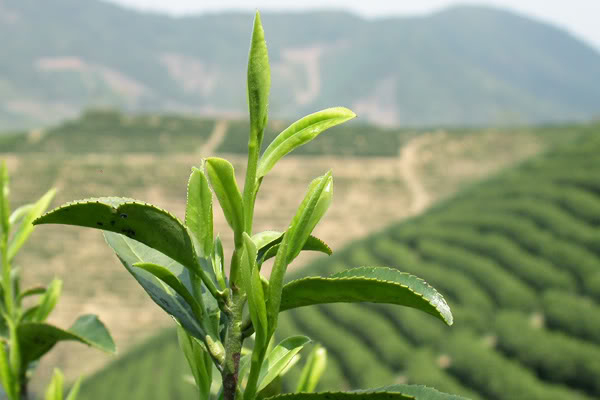
Long Jing First
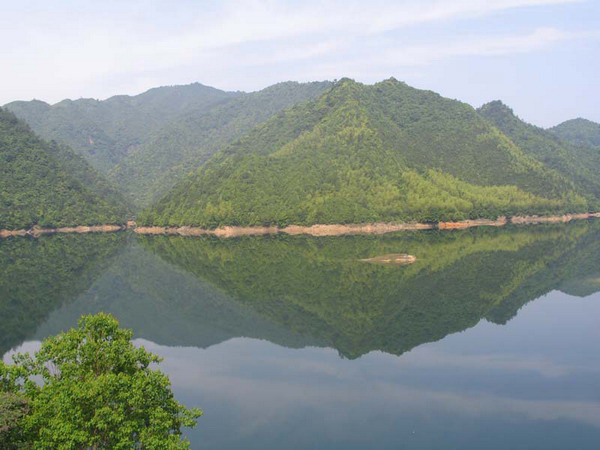
(lac long ding zhejiang)Et d'autres vertes merveilles...
Kai Hua Long Ding
(Zhejiang Province)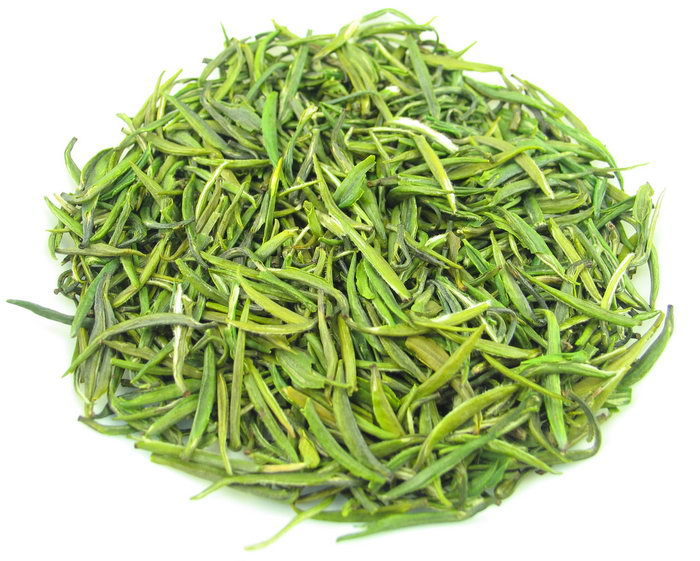
TaiPing HouKui(Anhui Province)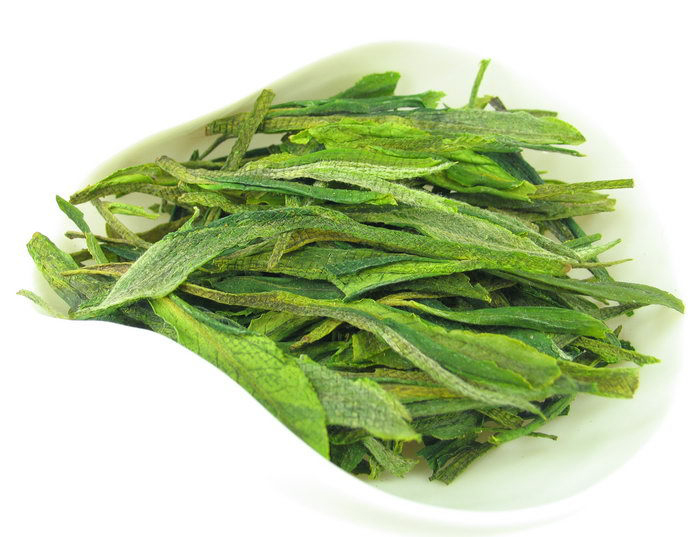
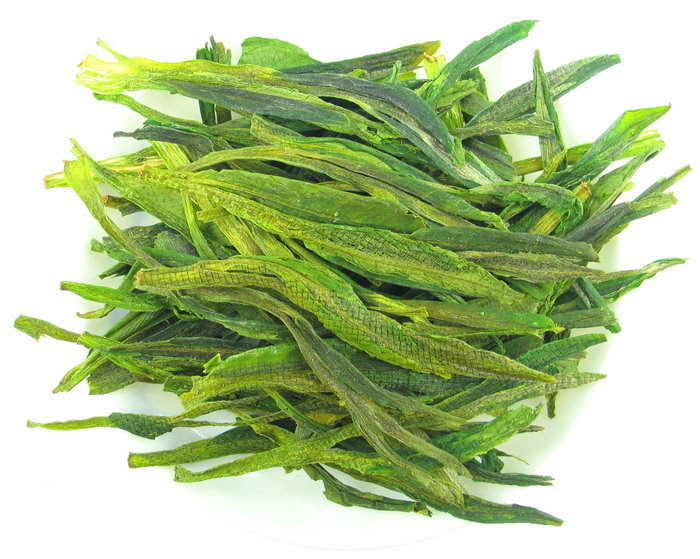 Hojo Taiping Houkui
Hojo Taiping Houkui
(Anhui Province)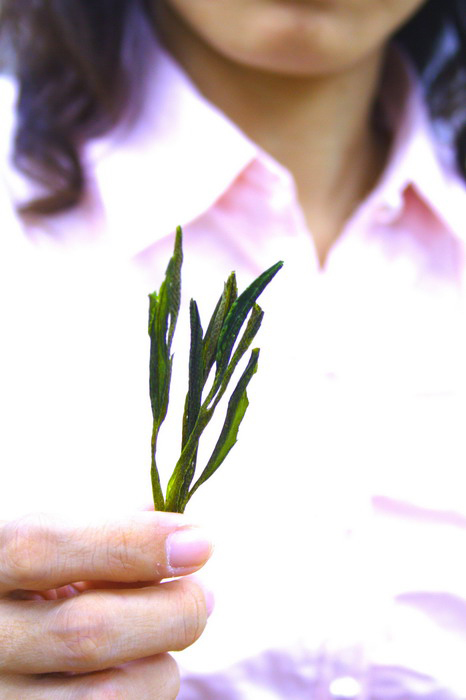

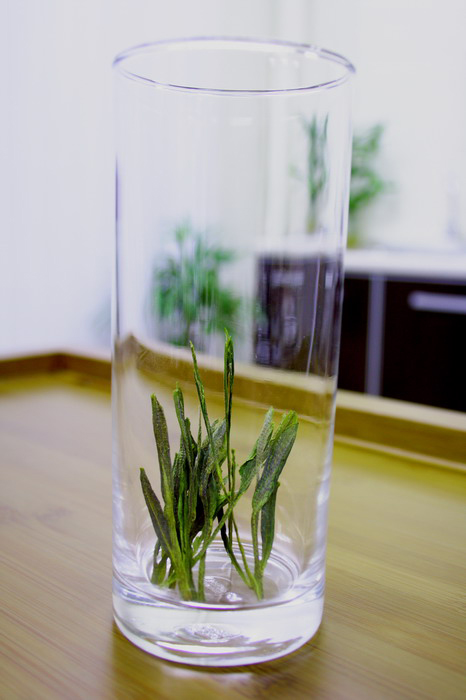


Bi Luo Chun
(Jiangsu Province)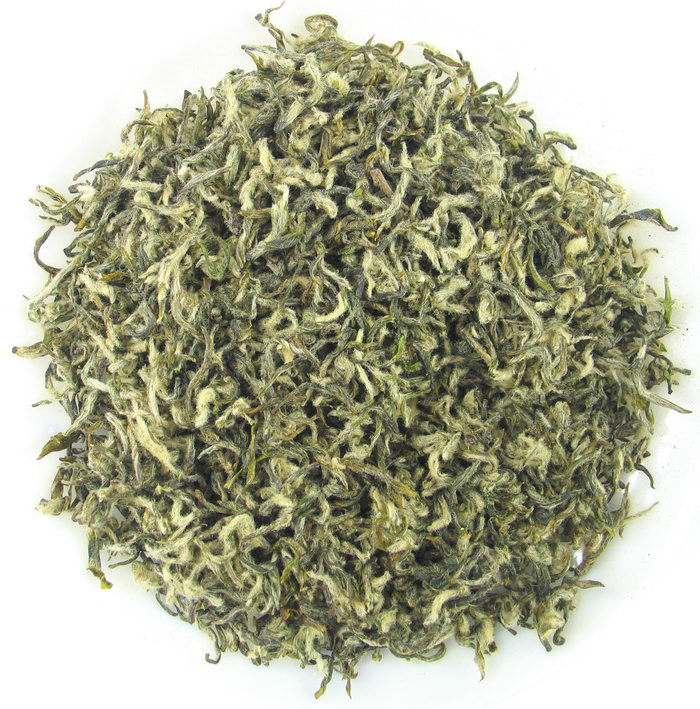

Anji Bai Pian(Zhejiang province)
Son Cadre
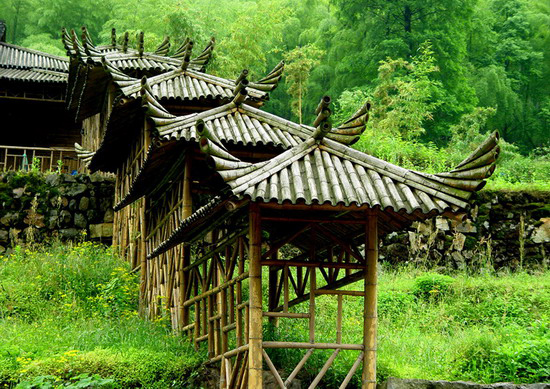
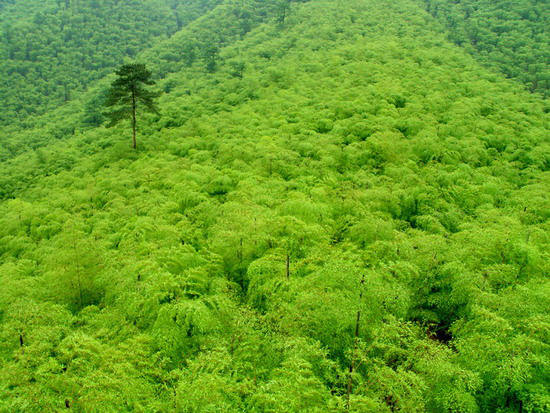
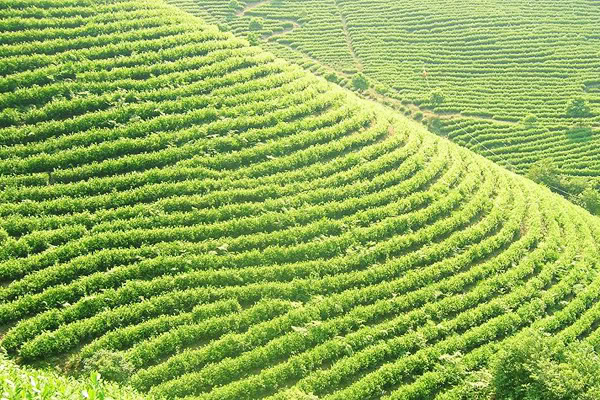
Focus sur ce trésor
Le Taiping HouKui

Le travail minutieux pour préparer
dans les règles de l'art
le Taiping Houkui
François Xavier Delmas sur place

Conseils Hojo Akira
L'eau et son importance flagrante
sur les liqueurs
de thés fins tels les plus beaux
Verts
et le résultat
en tasse.
Ceci est d'autant plus valable
pour les délicats thés blancs.Water
It is also advisable not to use fresh tap water.
The intensity of after taste becomes stronger if water is kept overnight.
Keeping water with stones or inside clay jar will increase the content of minerals.
However, you need to confirm whether or not the water kept inside particular jar or with stone is suitable with your tea or tea equipment (such as teapot).
If water jar carries certain minerals like copper or zinc, it will rather spoil the taste and flavor of tea.
For this, you need to confirm with experiment on try and error basis.
For boiling water, please do not use aluminum or copper kettle. It spoils the taste of water. We suggest using kettle made of iron, stainless steel, tin or glass.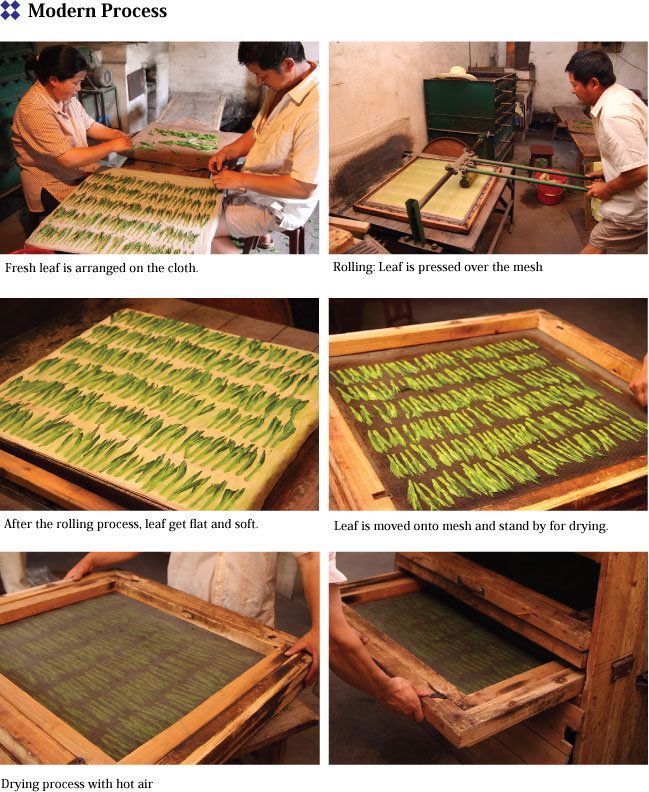
In the long run, you may observe a thick layer of scale accumulated inside your kettle.
Our mother usually taught us to wash and remove it with citric acid. But please do not even try to remove the scale.
Scale consists of minerals that exist in the water.
The mineral composition is reflected from the water you used. If you remove the scale, the mineral ion balance between scale and water is destroyed.
This balance is called buffer effect in science.
The flavor and taste will seriously run out and you won’t be able to get previous taste and flavor for a long time.
It is also important to stick to the same type of water whenever brewing tea.
If source of water is changed, it carries different type of minerals.
It will affect the mineral ion balance too.
White Tea "Silver Needle Hojo"
(Fujian)
To enjoy Silver Needle with a well balanced aroma and flavor, the suitable teapot for Silver Needle is red clay teapot.
Make sure to rinse the tea pot with boiling water for about 10-20 seconds in order to warm it up.
Use 3g of tea leaves for 150ml of water.
Quickly rinse the tea leaves with 80 degree Celsius of hot water.
Gently pour hot water 80-85 degree Celsius into the teapot, let it brew for 1-2 minutes.
For 2nd brewing, please keep the brewing time exactly the half the time of the 1st brewing. 5 commentaires
5 commentaires Suivre le flux RSS des articles de cette rubrique
Suivre le flux RSS des articles de cette rubrique Suivre le flux RSS des commentaires de cette rubrique
Suivre le flux RSS des commentaires de cette rubrique


